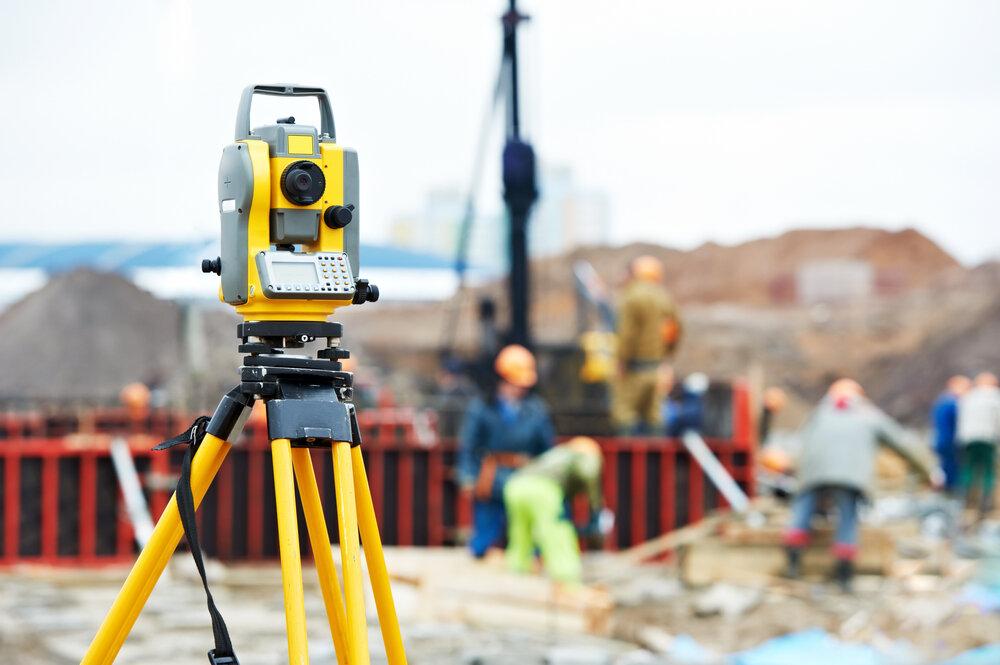Laser Scanning Transforming Modern Measurement Technology

In today’s fast-paced digital world, Laser Scanning has emerged as one of the most revolutionary technologies in the field of measurement, engineering, and design. This advanced method allows professionals to capture accurate and detailed representations of physical environments in a fraction of the time traditional methods require. From construction and architecture to manufacturing and heritage preservation, laser scanning is reshaping how industries work and innovate.
Understanding the Concept of Laser Scanning
Laser Scanning is a process that uses laser light to capture data points on the surface of an object or space. These points, often known as “point clouds,” form a precise digital model of the area being scanned. The technology works by emitting a laser beam that measures the distance between the scanner and the object’s surface, collecting millions of points per second. This creates a comprehensive 3D image that can be analyzed, edited, and shared across multiple platforms.
One of the biggest advantages of Laser Scanning is its accuracy. Unlike manual measurements, which are prone to human error, laser scanners provide exact data within millimeter precision. This ensures reliability and saves valuable time during design, construction, and inspection processes.
Applications of 3D Laser Scanning Across Industries
The real power of Laser Scanning becomes evident when it’s combined with advanced technologies like 3D Laser Scanning. This technique is widely used in architecture, civil engineering, and industrial projects to create realistic digital models of buildings, machinery, and landscapes.
In construction, 3D Laser Scanning helps professionals capture accurate data of existing structures before starting renovation or expansion work. It allows engineers to detect potential issues early, reducing costly errors during project execution. Surveyors use the technology to map complex terrains quickly, providing detailed topographical data that improves planning and design.
In manufacturing, 3D Laser Scanning is used to inspect components, reverse-engineer parts, and ensure quality control. The ability to scan intricate geometries and small components with precision makes it an essential tool for product development. Similarly, in the oil, gas, and energy sectors, laser scanning plays a critical role in monitoring pipelines, storage tanks, and large industrial facilities.
Preservation and Documentation of Heritage Sites
One of the most inspiring uses of Laser Scanning technology is in cultural heritage and archaeology. Historical monuments, ancient buildings, and sculptures can now be digitally preserved using 3D Laser Scanning. This process allows experts to document every detail of a site without physical contact, preventing damage while preserving its legacy for future generations.
Museums and researchers can create digital archives and even virtual tours that make heritage accessible to people worldwide. By using high-resolution scans, restoration experts can also plan conservation work with greater accuracy, ensuring authenticity in every detail.
Benefits of Adopting Laser Scanning Technology
The rise of Laser Scanning across industries is due to its numerous benefits. Speed, accuracy, and versatility make it a superior choice for modern projects. The data collected is not only precise but also easy to integrate into design software like AutoCAD, Revit, and BIM systems. This seamless workflow allows professionals to make better decisions and visualize projects before they are built.
Another significant advantage of 3D Laser Scanning is safety. It enables measurements to be taken from a distance, reducing the need for workers to access hazardous areas such as high structures, confined spaces, or active construction zones. The technology also minimizes disruption to ongoing operations, allowing scanning to take place while sites remain fully functional.
The Future of Laser Scanning Innovation
The future of Laser Scanning looks brighter than ever as technology continues to evolve. The integration of artificial intelligence, drones, and mobile scanners has made it possible to capture large-scale environments with even greater accuracy. Portable scanners are now allowing professionals to perform 3D Laser Scanning in remote or challenging locations with ease.
As industries move toward digital transformation, Laser Scanning will continue to play a vital role in smart city development, infrastructure monitoring, and virtual reality applications. The demand for precise data, efficiency, and sustainability ensures that laser scanning remains at the heart of innovation for years to come.
A Digital Revolution in Every Dimension
Laser Scanning has truly transformed the way we view and interact with the physical world. By turning real-world objects and spaces into accurate digital models, it bridges the gap between imagination and reality. Whether it’s designing a skyscraper, preserving a historic monument, or improving industrial safety, 3D Laser Scanning empowers professionals to work smarter and faster.
In every industry it touches, laser scanning stands as a symbol of progress, precision, and limitless potential.
- Art
- Causes
- Crafts
- Dance
- Drinks
- Film
- Fitness
- Food
- Jogos
- Gardening
- Health
- Início
- Literature
- Music
- Networking
- Outro
- Party
- Religion
- Shopping
- Sports
- Theater
- Wellness
